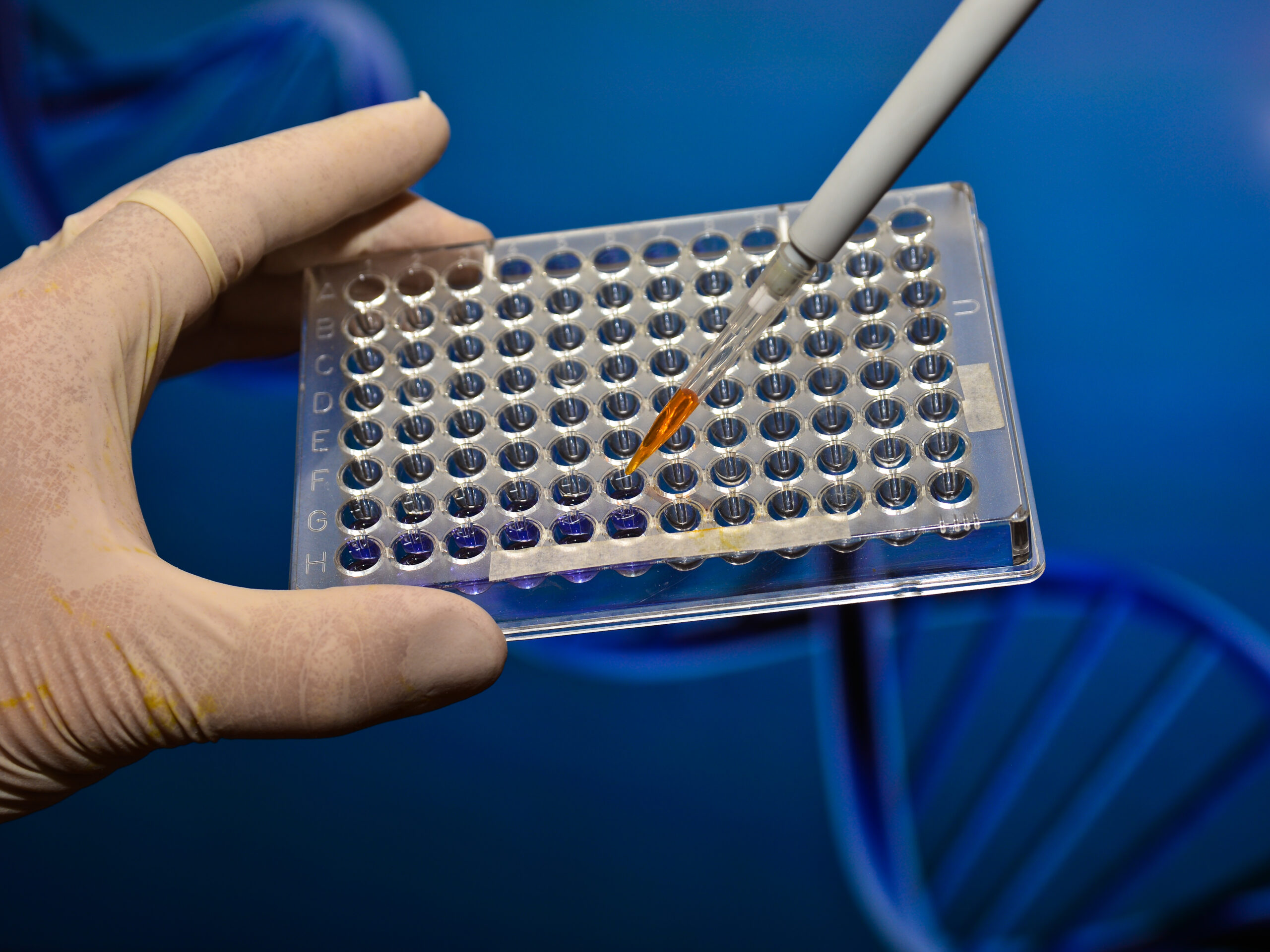DNA, or deoxyribonucleic acid, is the genetic material that carries the instructions for the development and functioning of all living organisms. The discovery of DNA has had a significant impact on the field of biology and has led to the development of many important scientific and medical technologies.
The discovery of DNA can be traced back to the early 19th century, when scientists first began to study the chemical nature of living cells. In 1869, Swiss chemist Friedrich Miescher isolated a substance called nuclein from the nuclei of white blood cells. Nuclein was later shown to be composed of a mixture of DNA and protein.
In the early 20th century, several scientists made significant contributions to the understanding of DNA. In 1902, Albrecht Kossel identified the five nitrogenous bases that make up the structure of DNA: adenine, guanine, cytosine, thymine, and uracil. In the 1920s, Phoebus Levene proposed the “tetranucleotide hypothesis,” which suggested that DNA was composed of repeating units of four nitrogenous bases. However, this hypothesis was later shown to be incorrect.
It wasn’t until the 1950s that the structure of DNA was finally determined. In 1952, Rosalind Franklin and Raymond Gosling used X-ray crystallography to create an image of the structure of DNA, known as Photograph 51. This photograph showed that DNA was a double helix, with two strands of nucleotides twisted around each other.
In the same year, James Watson and Francis Crick used Franklin’s photograph and other data to model the structure of DNA. They proposed that the structure of DNA was a double helix, with the two strands held together by hydrogen bonds between the nitrogenous bases. Watson and Crick’s model was later confirmed to be accurate, and they were awarded the Nobel Prize in Physiology or Medicine in 1962 for their discovery.
The discovery of the structure of DNA was a major milestone in the field of biology, as it provided a way to understand how the genetic information of an organism is stored and transmitted. This discovery has led to numerous scientific and medical advances, including the development of techniques for DNA sequencing and gene editing, as well as the creation of genetically modified organisms. The study of DNA continues to be an important area of research, with scientists working to understand the role of DNA in the development and functioning of living organisms.





